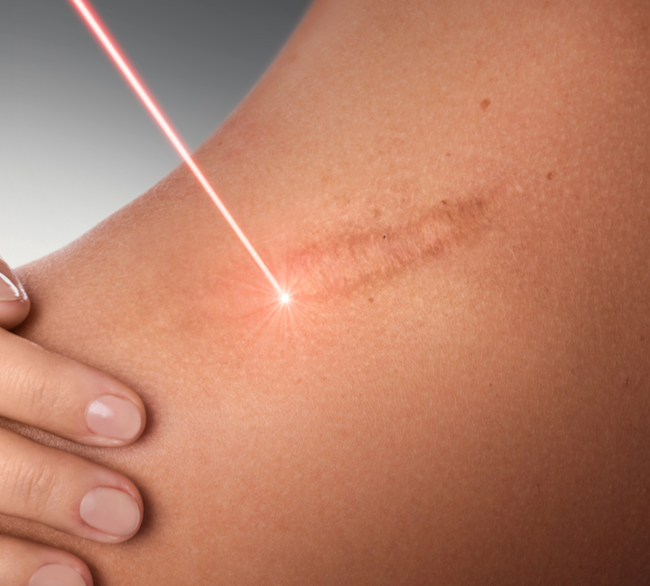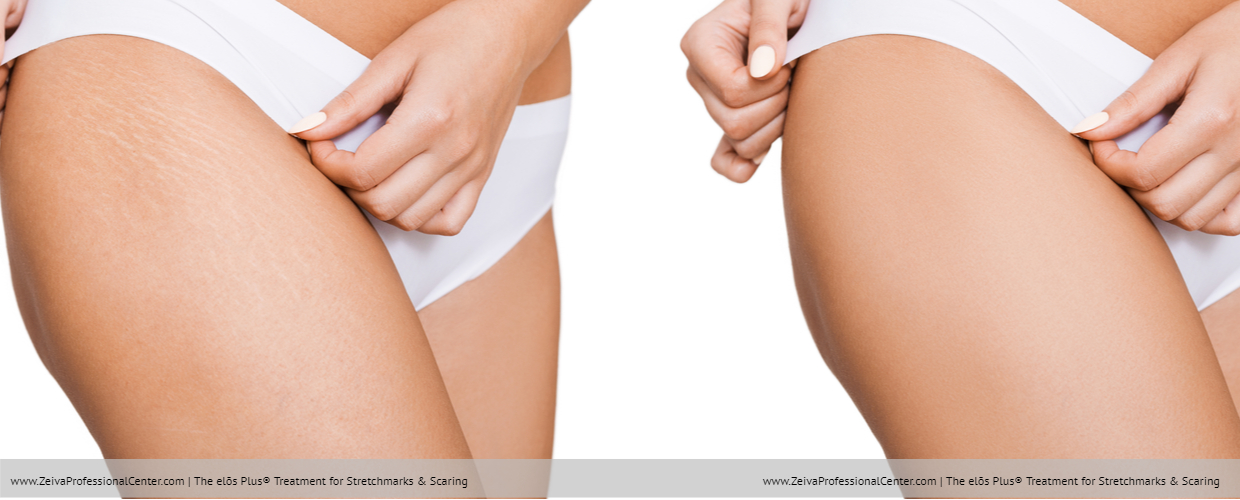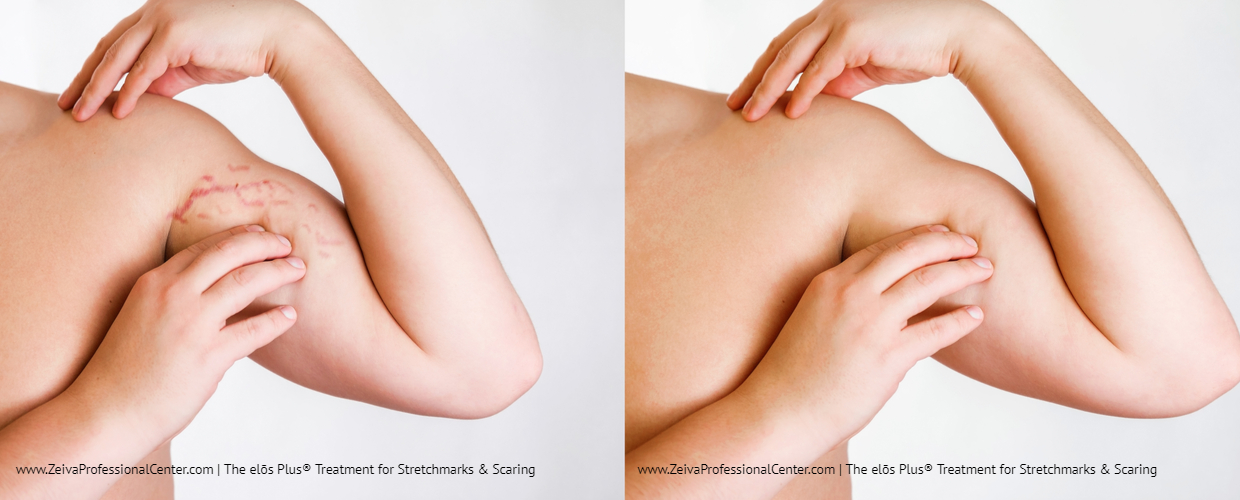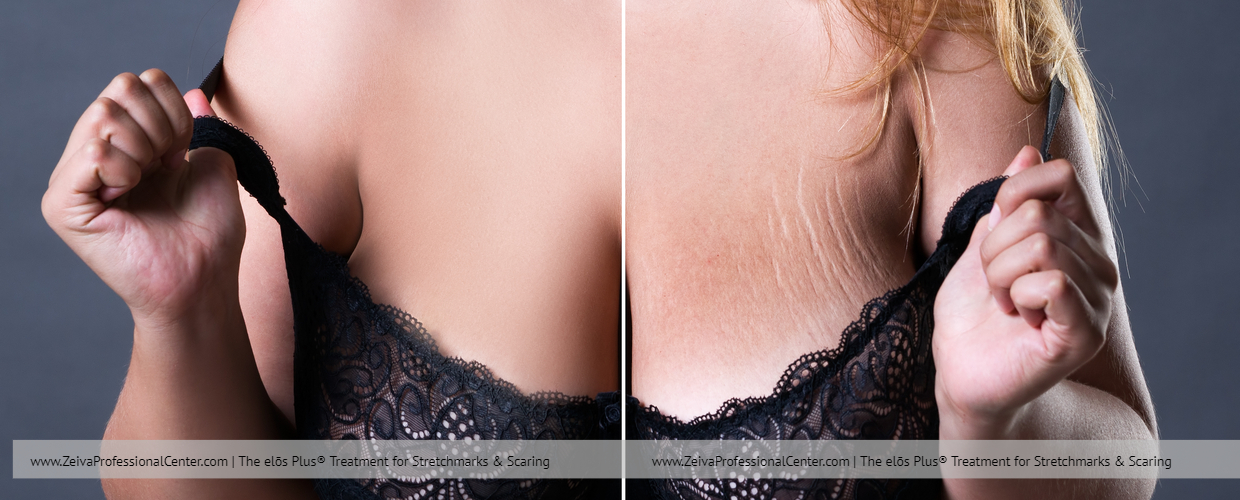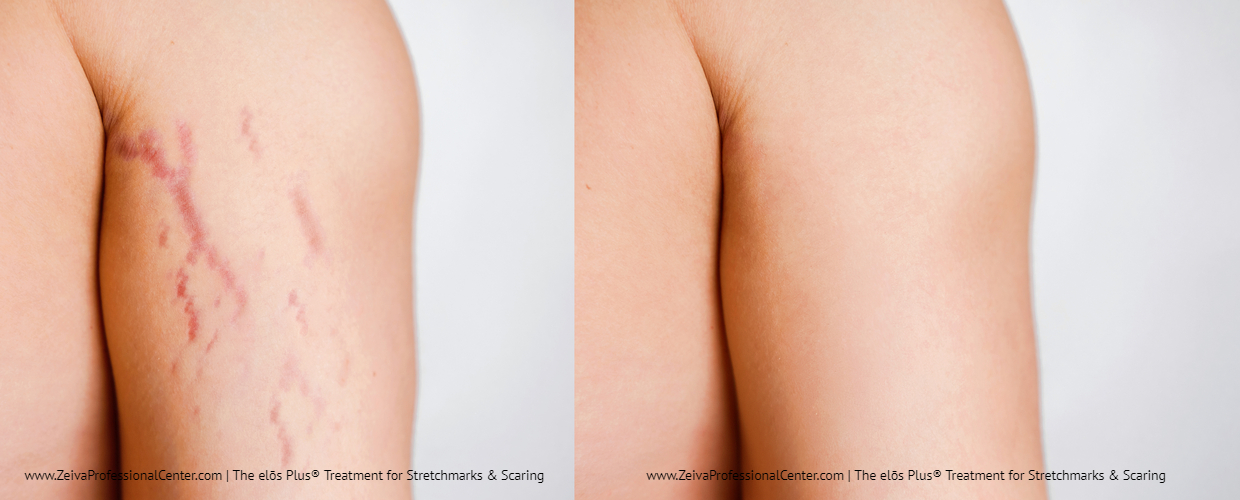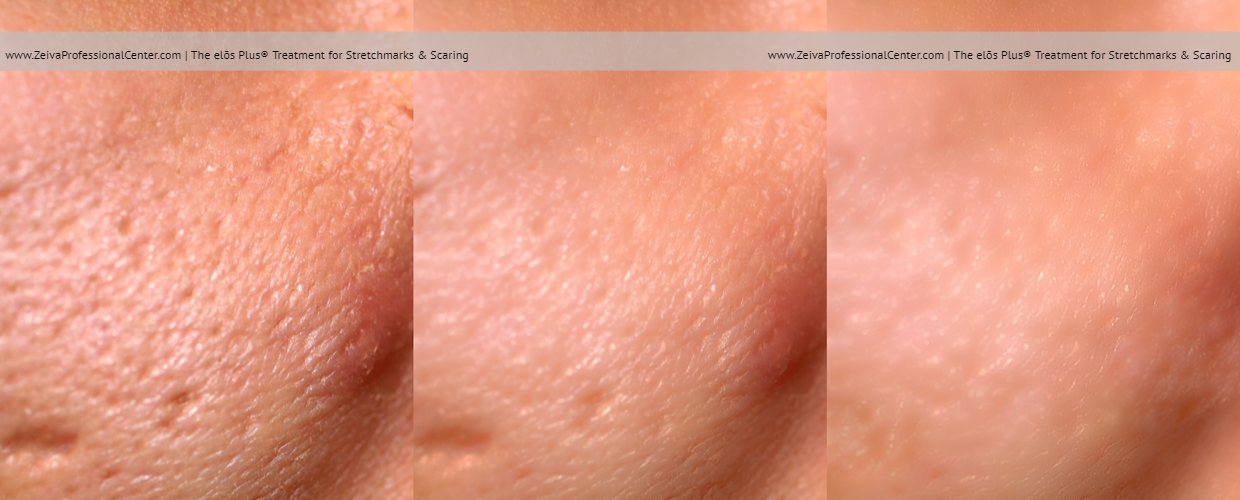SCARS
What Are Scars?
Scars are visible changes in skin that develop as it heals from an injury or surgery. They usually don’t blend in with the texture and tone of the surrounding skin, and depending on their shape, size, and location, they can be noticeable.
The better your wound heals (meaning it remains clean and closed and heals evenly), the less likely it is that you’ll have a prominent scar. If the incision or wound is strained or widened during the healing process, scarring may be more severe. However, even wounds that heal well can still be visible.
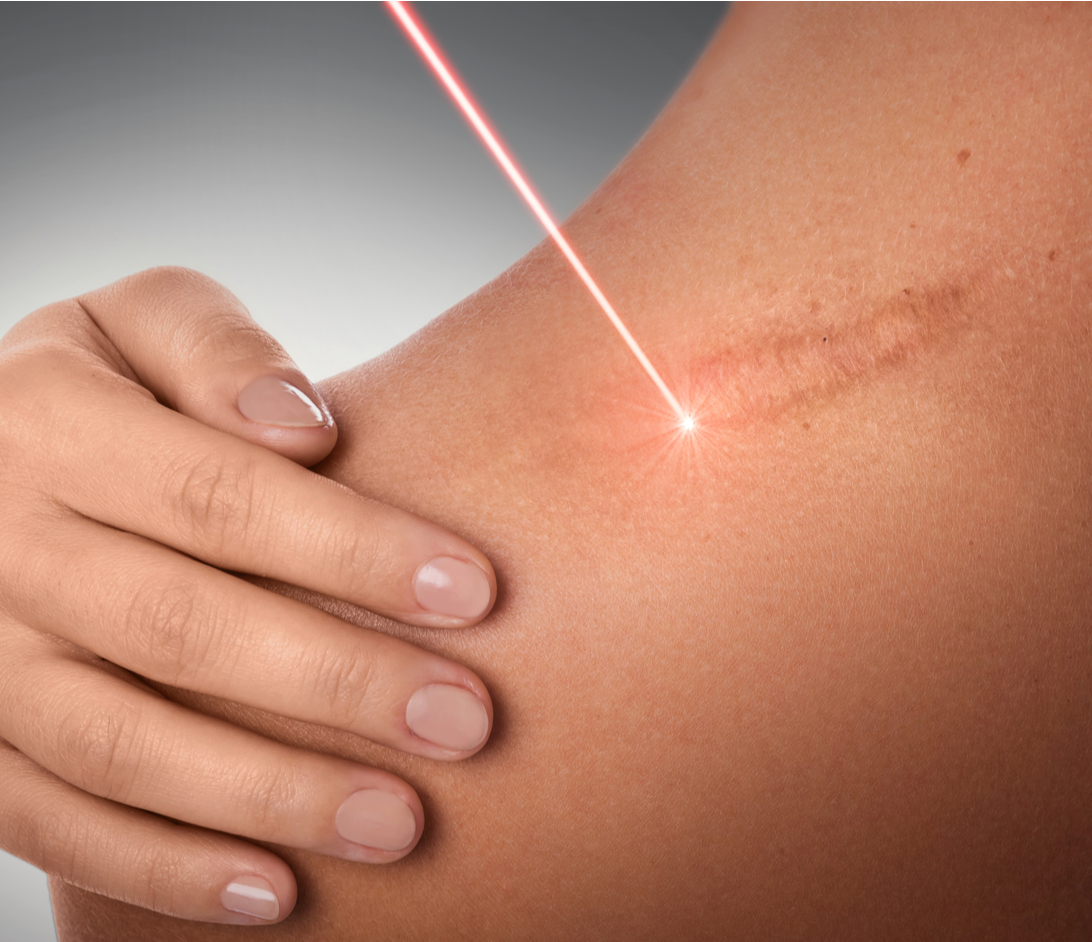
A scar looks different from your normal skin because of its structure. Healthy skin is made up of both collagen and elastin fibers; the elastin offers flexibility, while collagen provides strength. But the body produces only collagen to heal wounds. Without the elastin, scars can feel tough, look thicker, and differ in color from normal skin.
The type and extent of scarring depends on several factors, including genetics; your age (older skin heals with less scarring) and skin color (dark skin is more prone to raised scars); and the type, size, and location of the injury.
TYPES OF SCARS
There are four common types of scars.
Color or Surface Irregularities
or normotrophic scars
Are subtle scars that may turn white & flatten out over time. They don’t usually impair movement or cause discomfort. Acne scars, as well as scars caused by small surgical incisions & minor injuries, fall into this category.
Keloid Scars
Are larger than hypertrophic scars and usually extend beyond the wound site. These can be painful, itchy, prone to puckering, and stubborn to get rid of. Keloids can appear anywhere on the body, but they’re more common in areas with minimal fatty tissue, such as the chest, ears, and shoulders.
Contracture Scars
Restrict movement by pulling together and tightening skin and its underlying tissue during the healing process. Because there’s no elastin present, the new skin doesn’t flex. Contracture scars commonly happen when the wound involves significant tissue loss, such as from a burn, or when the skin heals around a joint.
Hypertrophic Scars
Often appear as raised, thick clusters of scar tissue that form at the site of the wound. They can cause discomfort and may widen or change color over time, becoming either hyperpigmented (darker) or hypopigmented (lighter).
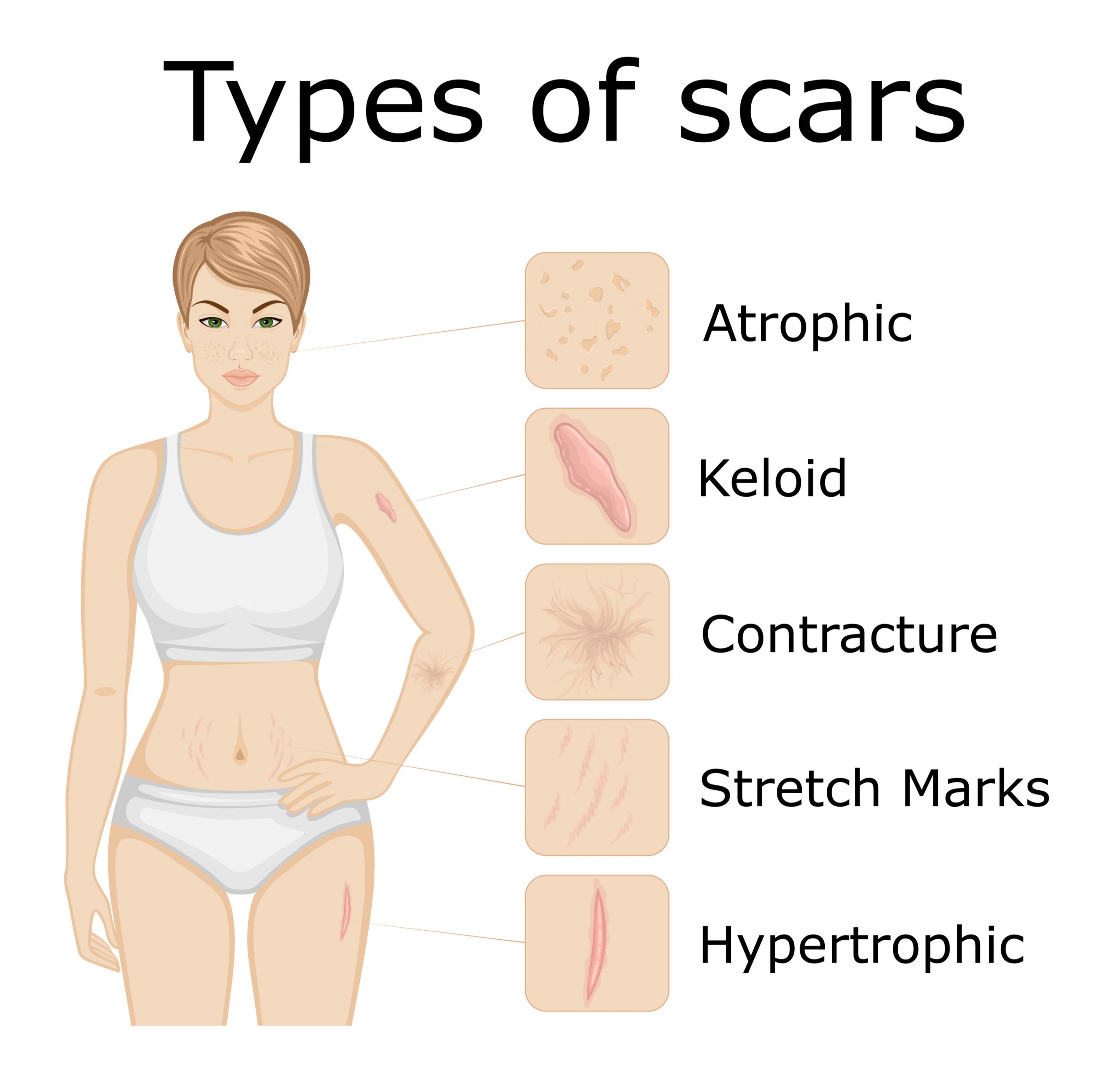
Can scars be erased?
Certain types of treatment can target individual characteristics of a scar, but there’s no way to completely remove it, so be sure to manage your expectations accordingly. “Pigmented scars can be lightened, red and purple scars can be corrected, depressed scars can be raised, raised scars can be flattened, and scar texture can improve,” says Zeiva. But “the reality is, it often takes multiple types of treatment to address each aspect of the scar—and even with great improvements, scars will never fully be gone.”
Zeiva say you should consider scar treatment options only once your incision or injury has fully healed, with no open areas or scabs remaining. For some major procedures, like a scar revision surgery, you may need to wait a year for the scar to stop evolving before you can do it. The upside is that some scars may become less noticeable over time.
If your scar is hurting you physically, your insurance plan may cover the cost of treatment, according to the Cleveland Clinic. If the treatment is solely for cosmetic purposes, you’ll probably have to pay for treatment yourself.
What are the most effective scar treatments?
These are the treatments Cleveland Clinic reports deliver the best scar-reduction results.
- Injections: In the case of protruding scars such as keloids or hypertrophic scars, your doctor may choose to use steroid injections to flatten the scars. Such injections can be used as a stand-alone treatment, or in combination with other treatments.
- Laser surgery: Vascular (blood vessel)-specific lasers may be used to lighten flat or raised scars that are pink to purple in color. Vascular laser treatment may also help flatten raised scars. A carbon dioxide ablative laser can also be used to treat different types of scars.
Real Clients – Real Results
Daniella
★★★★★
“Great experience!! Zeiva is so knowledgeable. My daughter and I are definitely going back!!”
Dorothy
★★★★★
“Very professional! Just one treatment and I believe I already see an improvement!”
Helga
★★★★★
“I had the best experience here at this center. Very clean. Very professional. They went above and beyond, and I will definitely stay a long-time customer.”
Betsy
★★★★★
“I ❤ this place! Very professional and great prices. Excellent service!”
TREATMENT
We can help…
We’re here to help you achieve your desired look.
Choose from a variety of skin rejuvenation & body contouring procedures, along with corrective treatments for scars, unwanted hair, age spots and tattoos.
Our technically certified cosmetic estheticians will work with you to enhance your natural beauty.
Schedule a consultation today!
